Creating an inclusive and supportive work environment is a goal all businesses strive for. However, despite an employer’s best efforts, it’s not always possible to entirely prevent instances of bullying and harassment. This is why fostering a culture where employees feel safe and supported in raising formal complaints is absolutely essential. The workplace you cultivate plays a critical role in ensuring that such concerns are addressed effectively and without fear of reprisal.
When an employee files a formal complaint of bullying or harassment, the process extends beyond internal policies. It often involves WorkSafeBC and its procedures for resolving these serious issues, including the potential for Prohibited Action Complaints (PACs).
At Baker Newby, we have outlined a clear process for addressing bullying and harassment complaints, ensuring that as an employer, you are well-informed and prepared to handle such situations should they arise in your workplace.
Key Requirements for Employers
When an employee submits a formal complaint to WorkSafeBC, the first step in the process is typically an investigation to determine if the employer is meeting its Occupational Health and Safety (OHS) obligations. This investigation is crucial for ensuring that the workplace remains safe and free from harassment, and employers must demonstrate they are taking appropriate measures to address any concerns.
In the investigation process, employers are expected to provide several key elements. These elements are requirements for employers:
- A Written Policy: Employers must have a clear, written policy that defines workplace bullying and harassment.
- A Formal Complaint Procedure: There must be a formal procedure in place for employees to report bullying and harassment, as well as a system to handle investigations effectively.
- Training Evidence: Employers must show evidence that all employees, supervisors, and management have received training on how to recognize, address, and prevent bullying and harassment.
Failure to meet these requirements can lead to WorkSafeBC’s intervention and may result in compliance orders being issued to the employer.
Prohibited Action Complaints (PAC)
In some cases, an employee may file a Prohibited Action Complaint (PAC). This occurs when an employee believes they have faced retaliation, such as termination, demotion, or other adverse actions, as a result of raising concerns about bullying, harassment, or unsafe working conditions. PACs can have serious consequences for employers if WorkSafeBC determines that punitive actions were taken against the employee.
Upon receiving a PAC, WorkSafeBC conducts an independent investigation. This includes reviewing the employer’s records, interviewing relevant parties, and evaluating the circumstances surrounding the alleged retaliatory actions. Employers are given the opportunity to present evidence to show that the action taken was unrelated to the complaint or was otherwise justified. It can often be in the Employer’s best interest to have a lawyer assist them with the preparation of delivery of this evidence.
PAC Consequences for Employers
If WorkSafeBC determines that prohibited actions have occurred, the consequences for employers can be severe. Potential outcomes include:
- Reinstating the Employee: Employers may be required to reinstate the employee to their former position or provide equivalent compensation.
- Compensation for Lost Earnings: Employers may be required to pay back wages, benefits, or any other lost earnings the employee incurred due to the retaliatory action.
- Policy and Training Improvements: WorkSafeBC may require employers to implement or enhance workplace policies and training programs to prevent future incidents.
Failure to comply with WorkSafeBC’s orders can result in significant fines and further legal exposure for the employer.
Proactive Steps for Employers
To minimize the risks associated with WorkSafeBC complaints, Baker Newby suggests that employers take proactive measures to ensure compliance with bullying and harassment regulations. These steps include:
- Regular Policy Reviews: Employers should conduct regular reviews of workplace policies and training programs to ensure they are up-to-date and aligned with WorkSafeBC regulations.
- Prompt Action on Complaints: Employers must act quickly when a complaint is raised, ensuring that investigations are thorough, impartial, and well-documented.
- Avoiding Retaliatory Actions: It’s important for employers to avoid any actions that could be perceived as retaliatory when an employee raises a concern. This includes ensuring employees feel safe to report issues without fear of negative consequences.
At the end of the day, even with thorough training and comprehensive policies, there’s always a possibility of bullying and harassment occurring in the workplace. What matters most is having the right procedures in place and ensuring compliance with WorkSafeBC regulations. Effectively navigating these regulations and responding to complaints requires a careful balance of adherence to the law and maintaining positive employee engagement. By staying proactive and ensuring that your workplace policies, training, and response strategies align with WorkSafeBC’s standards, employers can cultivate a safer, healthier work environment and minimize legal risks related to bullying, harassment, and retaliation claims.
If you’re seeking legal guidance on ensuring your business complies with WorkSafeBC’s Occupational Health and Safety regulations, contact us today. We’re here to help you stay on track.



